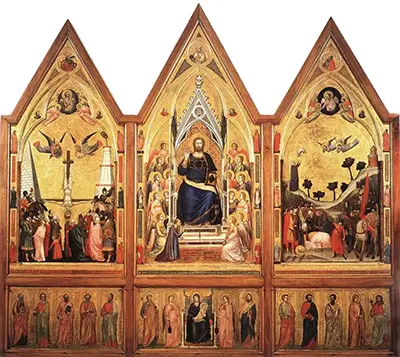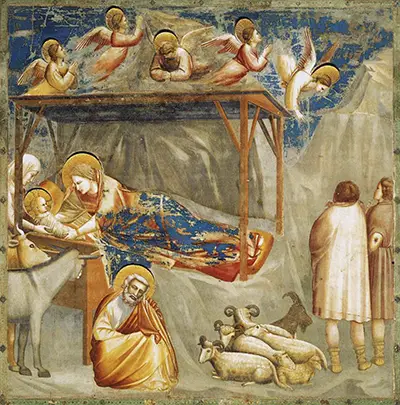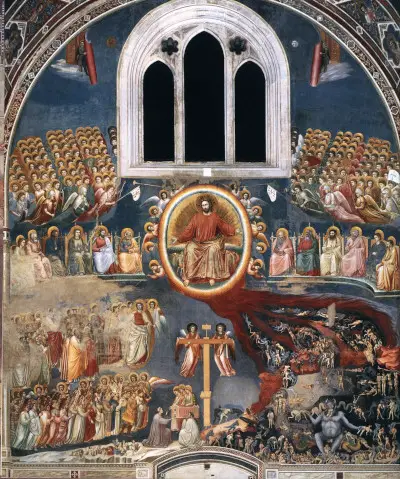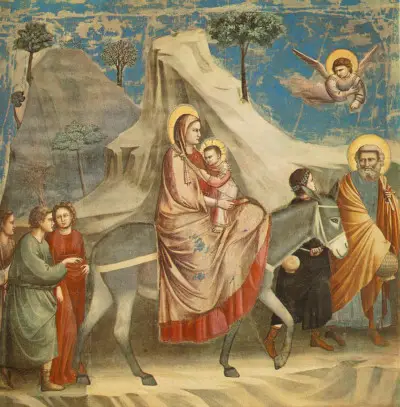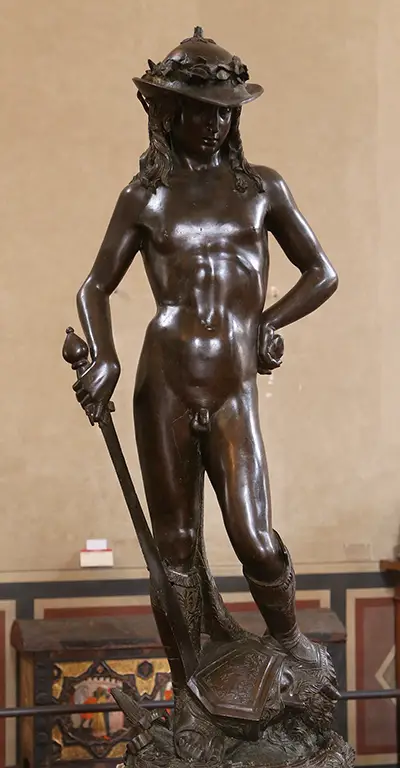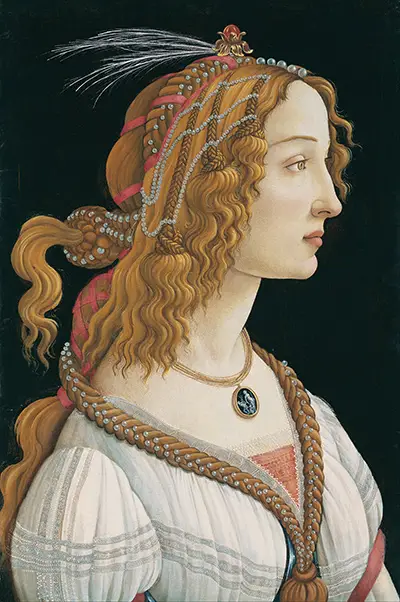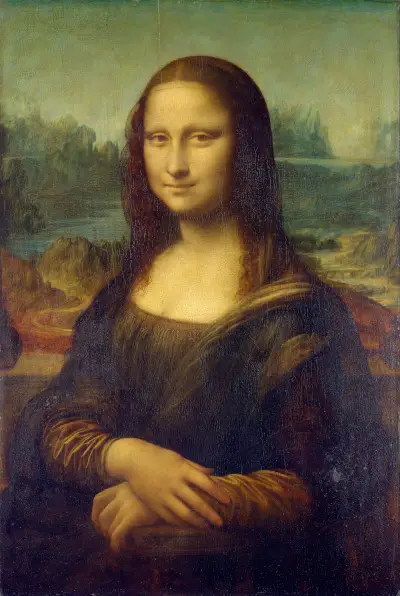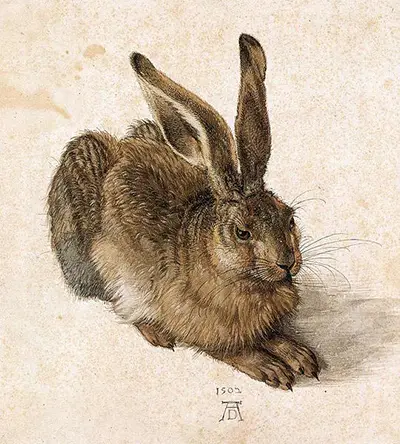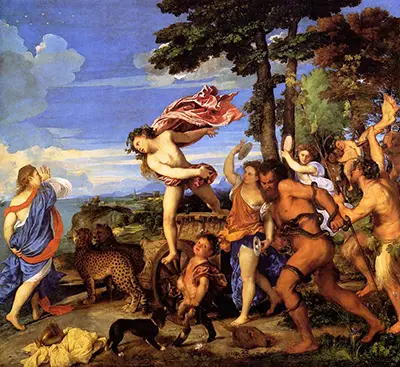Saint Stephen is a religious portrait by Giotto di Bondone which came towards the end of his career in around 1330-1335.
Detailed Portrait
Whilst the composition of Saint Stephen is fairly simple, the artist delivers a breathtaking work by incorporating large amounts of intricate detail. An arch hangs over the portrait subject, and is decorated with a pattern of plants.
The saint’s clothing also hangs in a very precise, realistic manner. Giotto was skilled in drapery, but wouldn’t normally provide as much detail as this. Typically, his figures were smaller, with many numbers of them grouped together within a religious narrative.
Around the right sleeve we find rolls of cloth from the saint’s robe which are beautifully delivered with a variation in light and tone. He also holds a decorative manuscript which itself is patterned, and perhaps wrapped in a golden cloth.
Saint Stephen’s robe is decoratively embellished around his collars and chest, with some faint outlines then placed immediately behind the portrait subject.
Size and Location
The painting measures 84 cm by 54 cm, making it slightly smaller than most of his religious artworks, but this piece features just a single figure. The original artwork now resides in the permanent collection of the Museo Horne in Florence which also holds work by the likes of Luca Signorelli, Filippino Lippi and Giambologna.
Part of a Polyptych
The painting was a single panel as part of a larger polyptych but over the centuries, this has been separated up, with individual panels being sold off. They are then kept in separate collections, and many may be unaware of how they were originally positioned. Polyptychs are not always easy to display and this has led to some being broken up into individual artworks over time.
Comparison to Simone Martini
Simone Martini was the star of the Sienese school and many have compared his work to St Stephen by Giotto. This artwork could potentially have been Giotto’s attempt to compete with that master, and many elements of this portrait bear some similarity. Typically, Giotto would focus on more complex compositions with multiple figures, rather than standard single portraits, making this an important addition to his oeuvre.
Conclusion
This piece remains one of Giotto’s final artworks and includes a summary of some of his technical innovations. There is a balance between the old and the new, bridging the leap from the Byzantine to the early Renaissance. The touches of patterned design brings much to this work, and whilst it is overshadowed by his larger projects, there is much to appreciate from this relatively small portrait.
Artworks such as Saint Stephen help to remind us of Giotto’s qualities as a portrait painter, when many are often distracted by the success of his work in the Scrovegni Chapel, where smaller figures were used within scenes from the Bible. The artist remains a critical component in the transition towards the European Renaissance, which emanated from parts of Italy and northern Europe before spreading across the rest of the continent.
More Renaissance Artists




 Giotto.jpg)
 Giotto.jpg)
